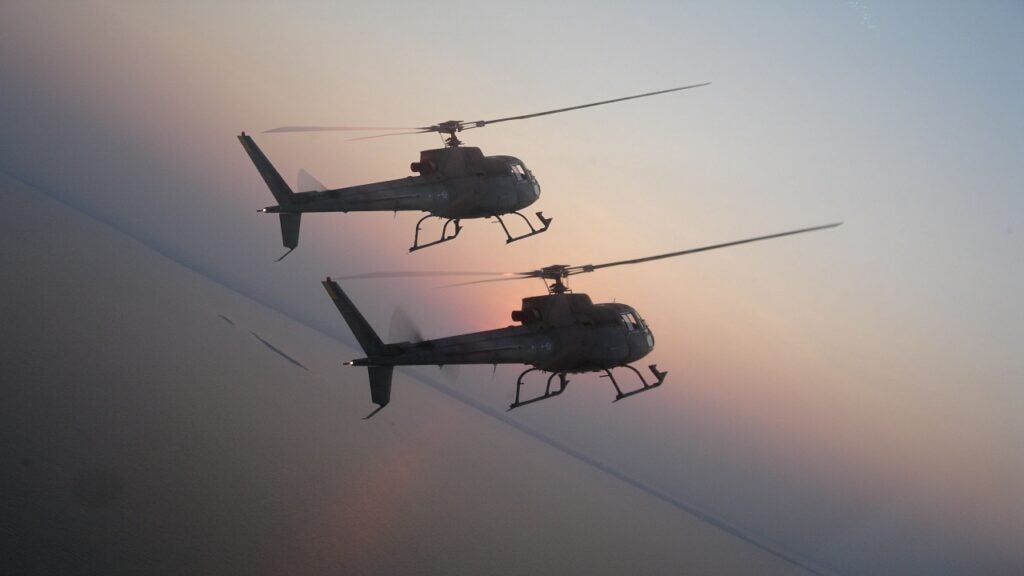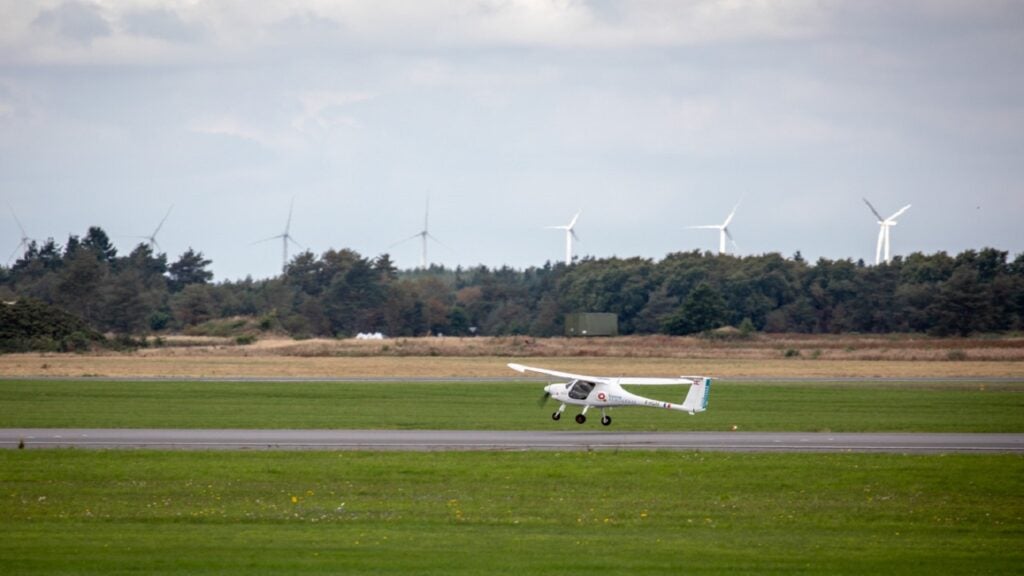
The Mi-28UB is a new combat training helicopter designed by the Mil Moscow Helicopter Plant. The helicopter is based on the Mi-28NE Night Hunter combat helicopter and is used to train military pilots that require flight practice on Night Hunter helicopters.
The Mi-28UB meets the training requirements of the Russian Ministry of Defence, as well as those of export customers. It can also serve as an attack helicopter, performing search-and-destroy missions against land-based targets, small naval vessels and low-speed aerial targets during the day or night and in all weather conditions.
Rostvertol, a subsidiary of Russian Helicopters, successfully conducted the first demonstration flight of the Mi-28UB helicopter in August 2013 at its flight test facility in Rostov-on-Don, Russia.
Russian Helicopters unveiled the Mi-28UB helicopter to the public at the International Aviation and Space Salon (MAKS 2013). The Russian Ministry of Defence plans to acquire up to 60 Mi-28 UB helicopters for the Russian Air Force by 2020. The new helicopters will complement the Air Force command units that typically operate Night Hunter helicopters.
The Russian Defence Ministry signed a contract with Russian Helicopters for 24 Mi-28UB helicopters in April 2016. The first batch of eight Mi-28UB helicopters was delivered in November 2017. Production on the second batch of helicopters began in March 2018.
The Ka-50 Black Shark helicopter, developed by Kamov Helicopters JSC, carries the Nato codename Hokum A, with Hokum B the two-seat version, Ka-52. Ka-50 is also known as Werewolf.
Mi-28UB design
The Mi-28UB incorporates a pod and boom design with a five-bladed main rotor mounted over the fuselage midsection and podded twin engines on either side of the fuselage. The main rotor and tail rotor blades are built using composite materials. Two wings hinged to the rear of fuselage midsection allow the helicopter to carry weapons.
The fuselage features tandem, stepped-up cockpits and a belly mounted cannon. The cockpit and vital elements of the Mi-28UB are armoured to enhance the safety of crew from enemy firearms, while the power plant and the hydraulic systems are fire retardant.
Cockpit and avionics of the combat training helicopter
The tandem glass cockpit of the Mi-28UB has a dual hydro-mechanical flight control system, which allows the crew to operate the helicopter either from the pilot’s cockpit or the instructor’s cockpit. The helicopter also offers an enlarged cockpit for the flight instructor and an expanded canopy for the pilot. The crew area has energy-absorbing seats and a parachute escape system.
The state-of-the-art avionics of the cockpit enhance the efficiency of the trainee pilots and provide the real-time experience necessary to handle the helicopters in complex environments. The integrated avionics suite allows for nap-of-the-earth flights on auto-pilot mode during the night and in adverse climates.
Mi-28UB weapon systems
The Mi-28UB helicopter retains the attack capabilities of the Night Hunter combat helicopter even though it is intended for training purposes. The movable gun mount fitted under the nose is installed with a 2A42 30mm cannon. The under-wing weapon stations can hold air-to-ground missiles, air-to-air missiles, rocket pods and fuel tanks.
The airborne radar and day-and-night target observation and sight system is fitted to the Mi-28UB to ensure the tracking and engaging of targets.
Engines and landing gear
The Mi-28UB is powered by two VK-2500 turbo-shaft engines integrating a new full authority digital control system (FADEC). Each engine develops a maximum power output of 2,700hp. The maximum take-off and cruising outputs of the engine are 2,200hp and 1,500hp respectively.
The helicopter is fitted with non-retractable tricycle tail-wheel type landing gear. The shock-absorbing landing gear protects the crew during low-altitude vertical falls.
Mi-28UB training helicopter performance
The Mi-28UB helicopter can fly at a maximum speed of 300km/h and a cruise speed of 270km/h. It has a hover ceiling limit of 3,600m and can operate at altitudes of up to 5,600m.
The Global Military Rotorcraft Market 2011-2021
This project forms part of our recent analysis and forecasts of the global military rotorcraft market available from our business information platform Strategic Defence Intelligence. For more information click here or contact us: EMEA: +44 20 7936 6783; Americas: +1 415 439 4914; Asia Pacific: +61 2 9947 9709 or via email.



